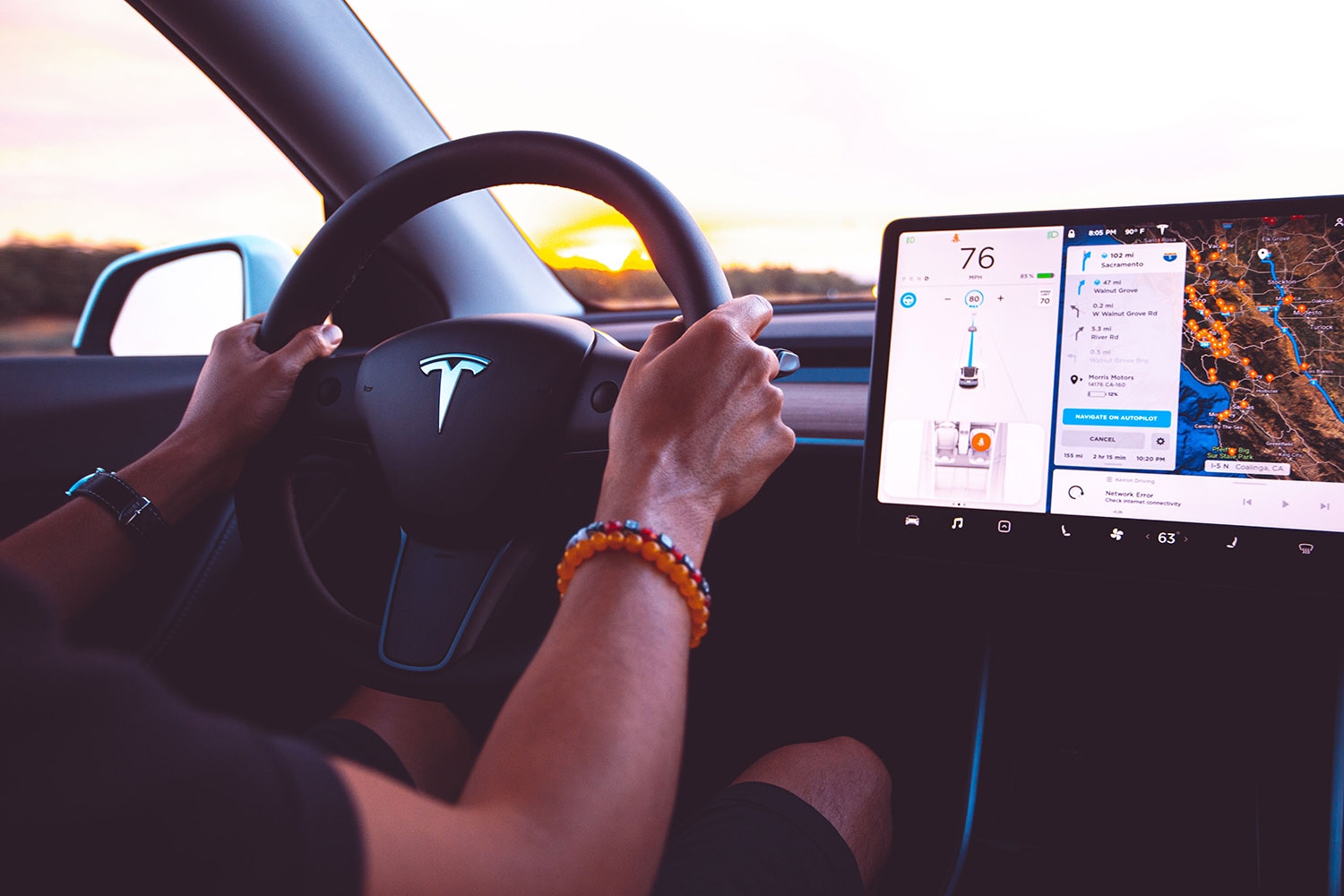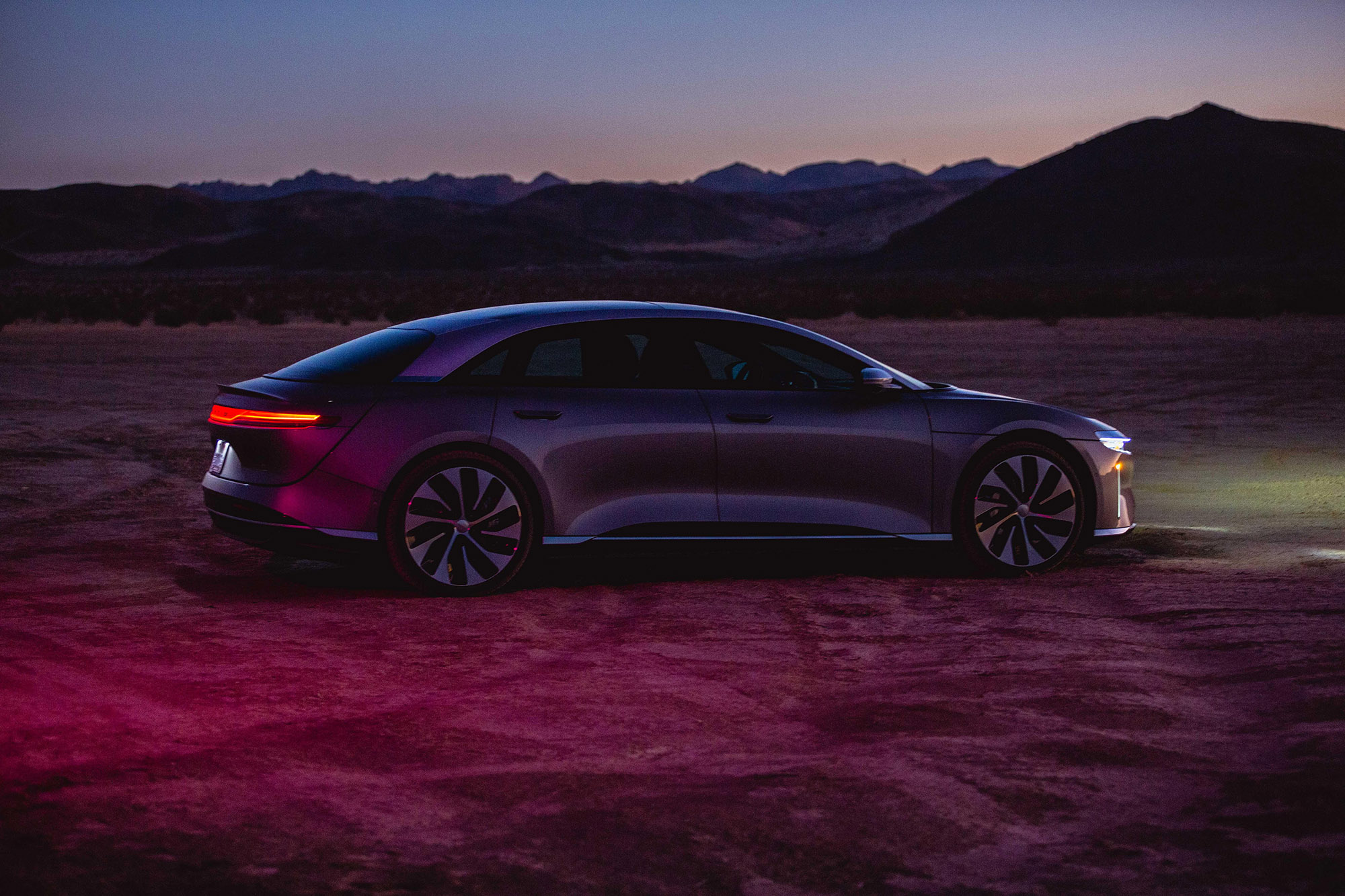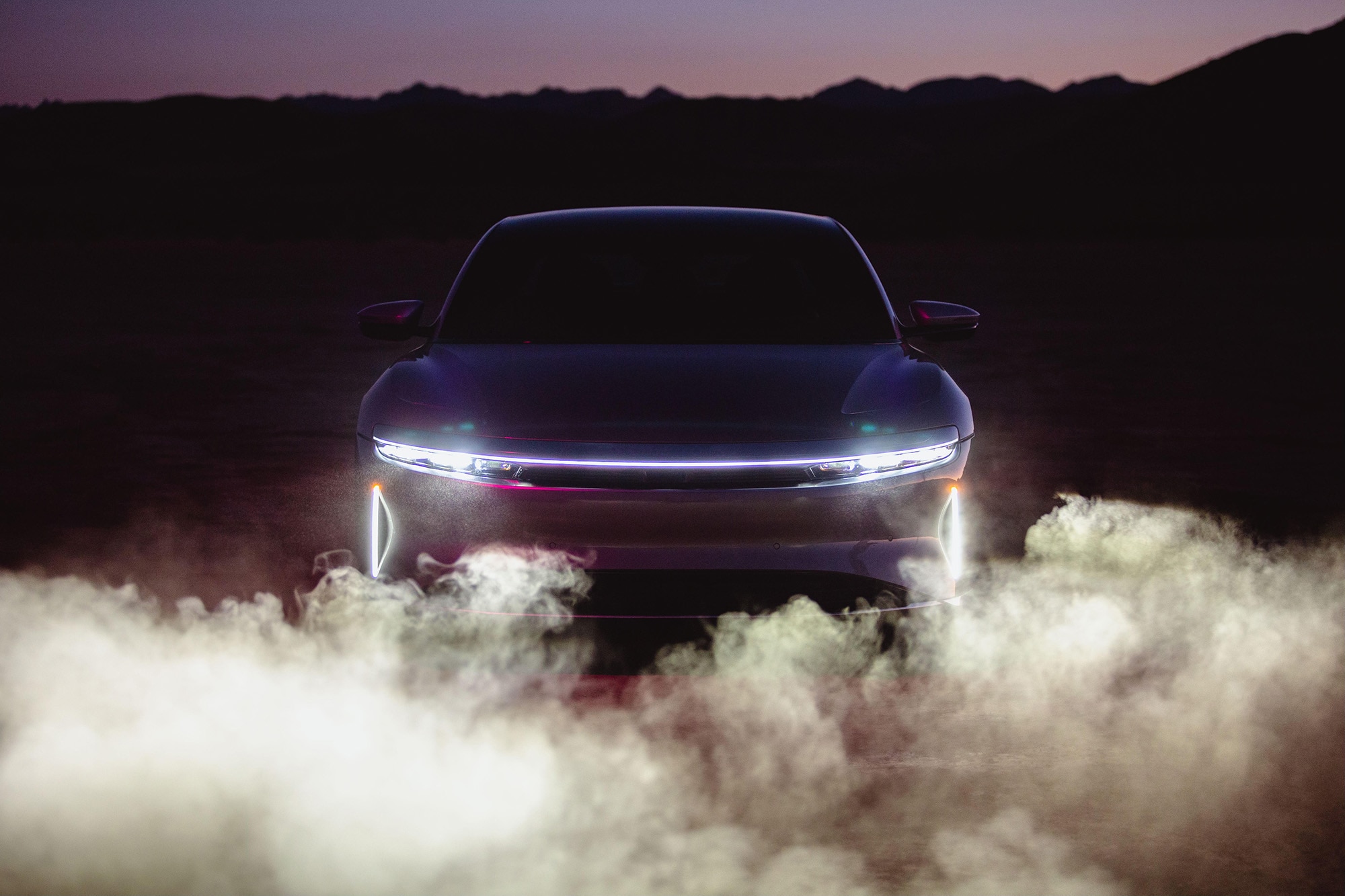Can I Afford an Electric Vehicle? A Price Analysis
EVs offer a lot of personal and environmental benefits, but they come at a cost. Why are EVs so expensive, and can you afford to buy one?
 Adobe Stock
Adobe Stock
The first successful mass market electric car, the Tesla Model S, made waves not just for its innovation, but also for its relatively eye-watering price tag: $87,900 in 2012 (equivalent to about $118,000 in 2023). Electric vehicle prices may have fallen since then, but they still remain higher than those for internal-combustion-powered vehicles.
For many car buyers, EVs might still seem unaffordable, but the practical way to find out whether you can afford an EV is to look at total costs of ownership over time.
 Keiron Berndt
Keiron Berndt
How Much EVs Cost
According to data from Kelley Blue Book, the average transaction price (ATP) for EVs was $53,438 in June 2023. This ATP is 20% lower than the peak price of $66,390 from June 2022. Much of this price drop can be directly attributed to Tesla, which has slashed prices by more than 11% over the course of 2023.
While Tesla is the main contributor to this price drop, other manufacturers are steadily dropping their prices as well.
This downward trend, according to KBB, brings the EV ATP much closer to the current $45,291 average for non-luxury vehicles. That's a good sign for consumers looking to purchase an EV. Just a year ago, EV prices were higher than the average luxury cars. An increase in inventory and availability, coupled with price cuts, makes affording an EV potentially feasible for many who previously couldn't.
 Manuel Carrillo III
Manuel Carrillo III
Why Electric Cars Are So Expensive
The short answer is typically batteries. EV batteries require a lot of minerals that are difficult to acquire, such as lithium and cobalt. Battery production increased so suddenly — in just about a decade, the world went from no mass-market electric vehicles to almost one in five new cars being electric — that supply chains for these materials haven't been able to keep up.
The other component of why EVs are so expensive could be attributed to research and development costs. Researching, designing, and building an entirely new class of cars is expensive, and most of these costs come at the beginning of the process.
As electric vehicles become more common, supply chains for critical minerals improve, and research and development costs are paid off, the price of EVs could continue to drop.
 Manuel Carrillo III
Manuel Carrillo III
The Total Monthly Cost of EV Ownership
For most buyers, determining EV affordability starts with calculating monthly payments. At an average transaction price of about $53,000, the average EV will cost about $1,100 per month before interest on a typical 48-month loan.
Many financial experts recommend spending no more than 10% of your monthly take-home pay on a car payment, which would seemingly put EVs out of reach of anyone bringing home less than about $120,000 per year.
However, those same financial experts recommend spending no more than 15% to 20% of take-home pay on "transportation costs." That includes a car payment, as well as insurance, gas, and maintenance. This total cost is where the balance might shift toward an EV.
For starters, EVs don't require gas, and they tend to get much better mileage (or travel farther per unit of energy) than traditional internal combustion engine (ICE) vehicles. While electricity prices have been rising in the United States, they have typically increased less than gasoline prices. How much this can save from your monthly transportation budget will depend on the exact mileage of the vehicle you're considering, the cost of electricity in your area, how much you drive, and the average gas mileage of comparable ICE vehicles.
EVs also tend to require fewer and less costly maintenance visits. Instead of having to deal with things such as oil changes or other fluid flushes, most EV maintenance comes down to replacing the tires and windshield wipers. How much this could potentially save is again going to vary but may average about $600 per year.
On the other hand, electric vehicles can have higher insurance costs than similar ICE cars, due to a combination of higher vehicle prices and more expensive repairs. These costs could offset some of the fuel and maintenance savings consumers can see.
 Manuel Carrillo III
Manuel Carrillo III
How EV Incentives Affect EV Costs
After running the numbers, it might be difficult for many car buyers to comfortably afford an EV. However, car shoppers committed to driving a greener vehicle can find some relief from federal or state green vehicle incentive programs.
The federal
Even shoppers who cannot afford a new EV can still take advantage of government incentives. The federal government offers a
Written by humans.
Edited by humans.
 Alexandre Mouravskiy
Alexandre MouravskiyAlexandre Mouravskiy has worked as a freelance writer for almost 20 years, covering pop culture, politics, and automobiles. He’s written about road tripping across the eastern seaboard, replacing broken wheels in a blizzard as an amateur rally navigator, and once drove from the Gulf to the Hudson Valley in a single day. When he’s not writing, Alexandre can be found wrenching on one of his project cars or teaching people to drive stick, whether they want to learn or not.
Related articles
View more related articles